1. Bees Can Recognize Human Faces
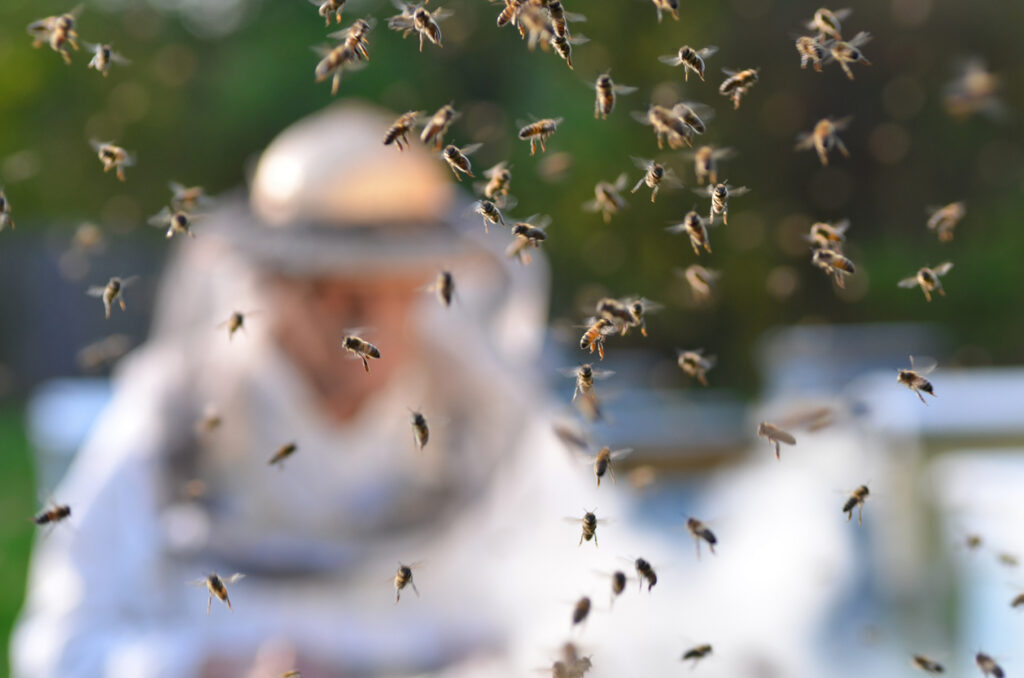
It might sound like science fiction, but honeybees can remember and distinguish individual human faces. In a groundbreaking 2005 study, Australian researchers trained bees to associate images of human faces with sweet rewards. After repeated exposure, the bees could pick the correct face from a lineup, even when the photos were shown in different contexts. The insects used a strategy known as “configural processing,” the same method humans use to recognize facial features by analyzing the spatial relationship between eyes, nose, and mouth. This was astonishing given that a bee’s brain contains less than one million neurons, compared to that of a human brain, which includes 86 billion.
This ability serves bees well in the wild. While they don’t use it to spot people on the street, recognizing flower patterns, landmarks, and social cues within the hive relies on similar visual processing. Their world is visually rich in shapes, colors, and movement. Bees can also detect polarized light and see ultraviolet patterns on flowers that are invisible to us. Scientists continue to study how such tiny creatures achieve such complex recognition tasks, hoping it could one day influence artificial intelligence design or drone navigation systems. Bees prove that cognitive complexity doesn’t require a large brain, just smart wiring.
2. One Teaspoon of Honey Equals a Lifetime of Work
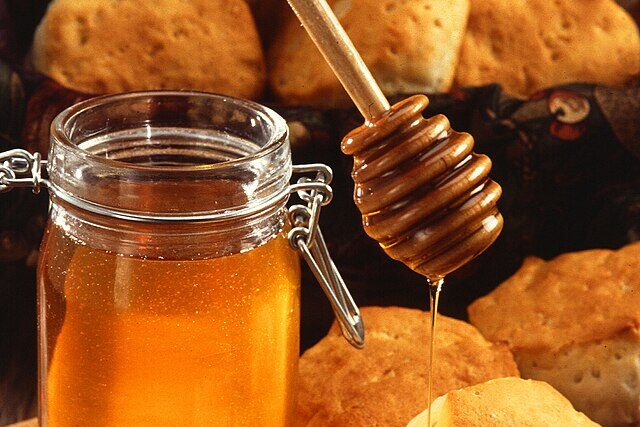
Behind every teaspoon of honey is a story of extreme dedication. A single honeybee produces about 1/12th of a teaspoon of honey in her lifetime. That means it takes the combined efforts of around 12 bees, each working nonstop for about six weeks, to make just one spoonful. To get there, bees must visit over two million flowers and fly distances that would collectively circle the globe more than twice. During the height of honey production, a worker bee might see 50 to 100 flowers on a single trip, repeating this 10 to 15 times per day. Their wings beat 11,400 times per minute, and their tiny bodies fly up to 15 mph. It’s a dizzying output from such small creatures.
The process of honey-making is equally complex. After collecting nectar, bees pass it mouth-to-mouth among hive members, gradually reducing its water content and adding enzymes to transform it into honey. Once the substance reaches about 17% water, it’s deposited in a wax cell and sealed with more wax for preservation. This final product is shelf-stable for thousands of years. Honey found in Egyptian tombs was still edible. When you drizzle honey onto toast or stir it into tea, you’re consuming the preserved energy and instinctual engineering of hundreds of flights, millions of flowers, and tireless teamwork. It’s no exaggeration to say that honey is liquid gold made with lives, not just labor.
3. Bees Have Built-In GPS—and Know Geometry Better Than You Think
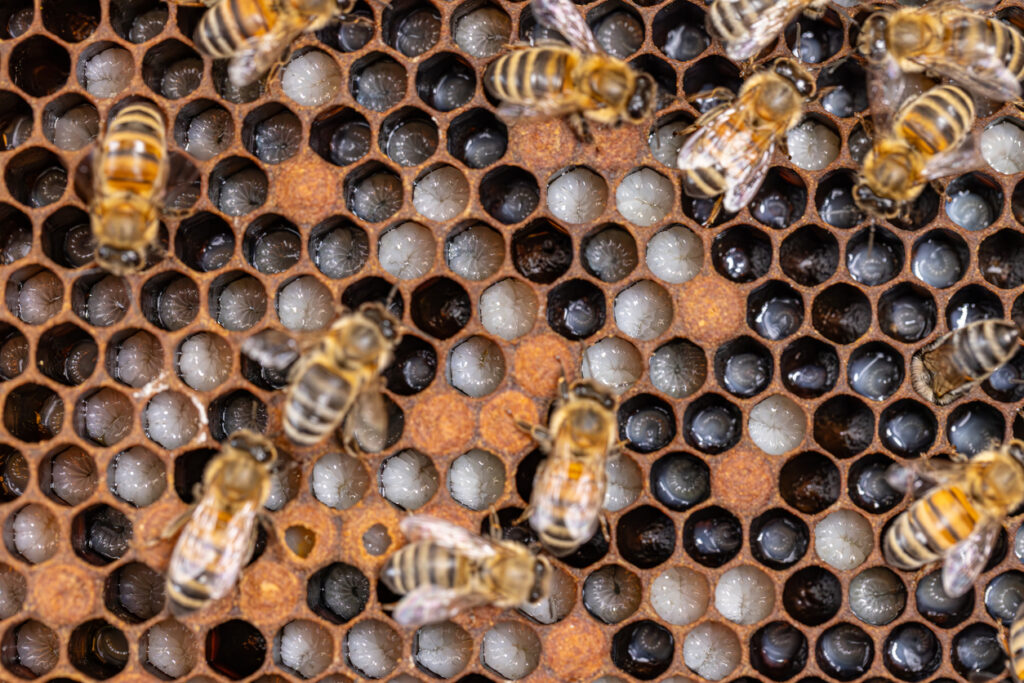
Bees may have the best natural GPS in the animal kingdom. A foraging honeybee can travel up to five miles from its hive and still find its way home without error, relying on an internal map that blends solar navigation, spatial memory, and polarized light detection. Their ability to track the sun’s position, combined with their internal circadian rhythm, means they can correct for the sun’s movement throughout the day. Even cloudy days, bees see patterns in polarized light that guide their direction. Researchers have found that bees map out their environment precisely and update their routes in real-time if new, more efficient paths appear.
Incredibly, bees also solve spatial problems that stump many computer algorithms. When given multiple flower locations, bees instinctively find the shortest, most efficient route—a version of the “traveling salesman problem,” which requires evaluating all possible paths to determine the most efficient one. Even high-powered computers struggle with this problem as the number of destinations increases. But bees? They do it in their heads, with brains smaller than a grain of rice. Scientists believe their strategies may inspire more efficient routing systems for GPS apps and delivery logistics. Bees also communicate these routes through the waggle dance, encoding direction, distance, and quality of the food source in a sophisticated movement language that looks like figure eights with tail shakes.
4. Bees Can Detect Bombs, Cancer, and Disease
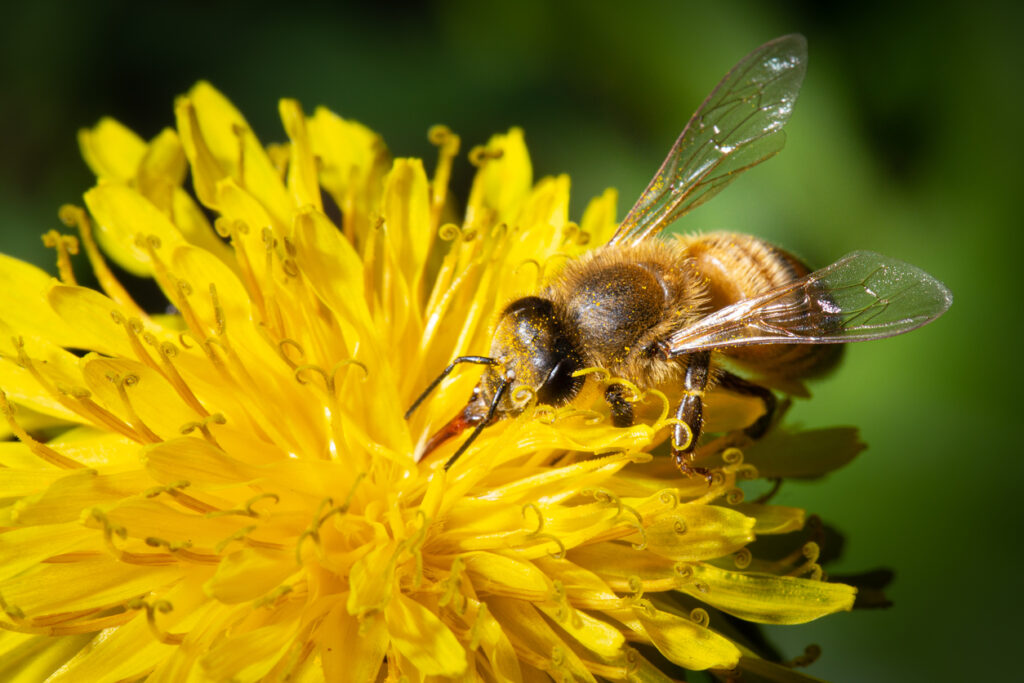
It’s not just dogs that can sniff out danger—bees can too, and with astonishing accuracy. Scientists have trained honeybees to detect explosives, narcotics, and diseases like tuberculosis and certain types of cancer. Using their incredibly sensitive olfactory systems, bees can smell substances at concentrations as low as parts per trillion. In one study conducted by Wageningen University in the Netherlands, bees were taught to stick out their proboscis (a long, tongue-like organ) when they detected specific odors. The technique, called Pavlovian conditioning, mirrors how dogs are trained, but bees learn in mere minutes and are less costly to maintain.
Medical researchers are now exploring how bees might help detect cancer in breath samples. In a study at the University of Georgia, bees responded to cancer cells’ unique volatile organic compounds. In another experiment, they identified COVID-19 in infected samples within seconds. Unlike electronic sniffers, bees require no electricity and can be trained en masse. They’re also easier to deploy in remote areas or during fieldwork. Their ability to distinguish between molecules at such low concentrations could revolutionize early diagnostics. Imagine bees stationed at airport checkpoints or hospital entrances, silently screening for danger with nothing more than instinct, training, and a twitch of the tongue.
5. Bees Are Female Powerhouses

When you see a bee buzzing from flower to flower, odds are she’s a female and probably working herself to death. Honeybee societies are strictly matriarchal, with a single queen, thousands of hardworking female workers, and a small contingent of lazy males known as drones. Worker bees are all sterile females, responsible for everything from cleaning the hive and feeding larvae to guarding the colony and collecting nectar. Their lives are brutal and brief, just five to six weeks in summer. They work themselves to death, wearing down their wings and collapsing in the field. The queen, by contrast, lives for several years and can lay over 2,000 eggs per day during peak season.
Drones, the only males in the colony, exist solely to mate. They don’t gather food, protect the hive, or clean. Their job is simple: fly high into the air, find a virgin queen during a mating flight, and try to pass on their genes. If successful, the act kills the drone’s genitalia, detaches during mating, resulting in immediate death. If they don’t mate by the end of the season, they’re forcibly ejected from the hive and left to die. It’s a society so centered on female labor and control that it has fascinated biologists, feminists, and science fiction writers alike. Power, productivity, and survival are all in the hands and wings of the sisterhood.
6. Bee Hives Have Natural Air Conditioning—and It’s Smarter Than You Think
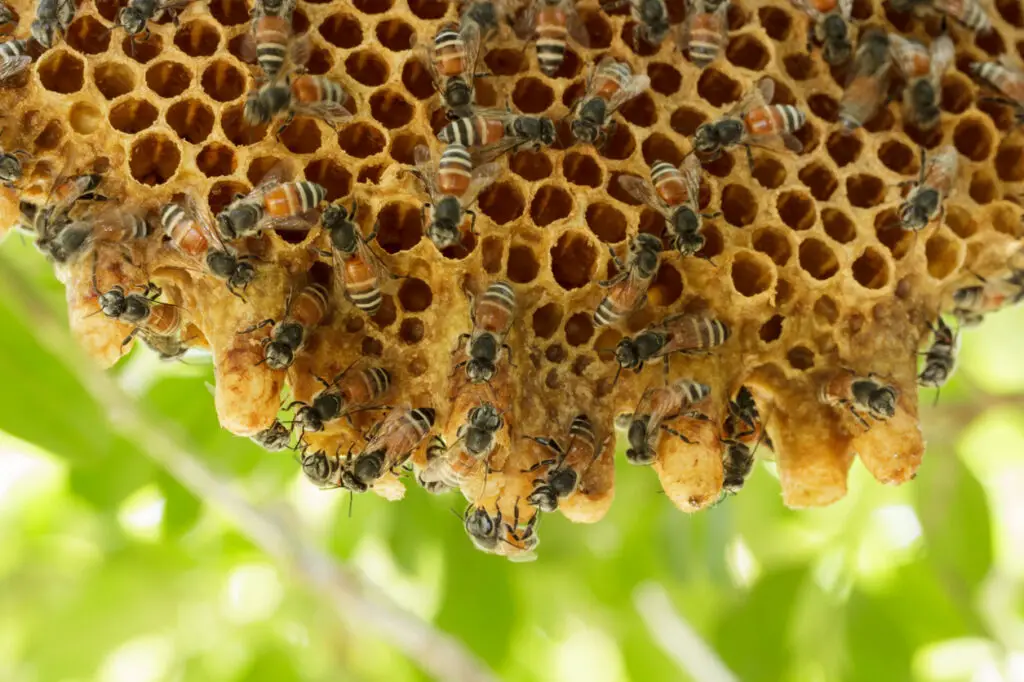
The inside of a beehive isn’t just a chaotic buzz of activity; it’s a climate-controlled masterpiece. Honeybees maintain the internal hive temperature at a nearly constant 95°F (35°C) when raising their brood, regardless of what’s happening outside. This precision matters: if temperatures dip too low, larvae can die or develop deformities; if they get too hot, the wax combs can melt. To regulate heat, bees use their bodies like living HVAC systems. When it’s hot, worker bees fan their wings in coordinated efforts to circulate air and evaporate water, which cools the hive like a swamp cooler. Some foragers even bring droplets of water back specifically for this purpose.
In colder weather, bees form a tight cluster around the queen and her developing brood, shivering their flight muscles to generate warmth. They rotate positions, with outer bees moving inward to warm up while others take their place on the outer edge. It’s a seamless, unspoken choreography that keeps the hive alive through harsh winters. There’s no thermostat, no central brain, just instinct, chemistry, and cooperation. Scientists studying hive thermodynamics have even taken inspiration from bees to design more efficient building ventilation systems. These creatures don’t just survive extreme environments; they adapt and thrive, thanks to an evolved communal intelligence.
7. Bees Are Responsible for One-Third of What We Eat
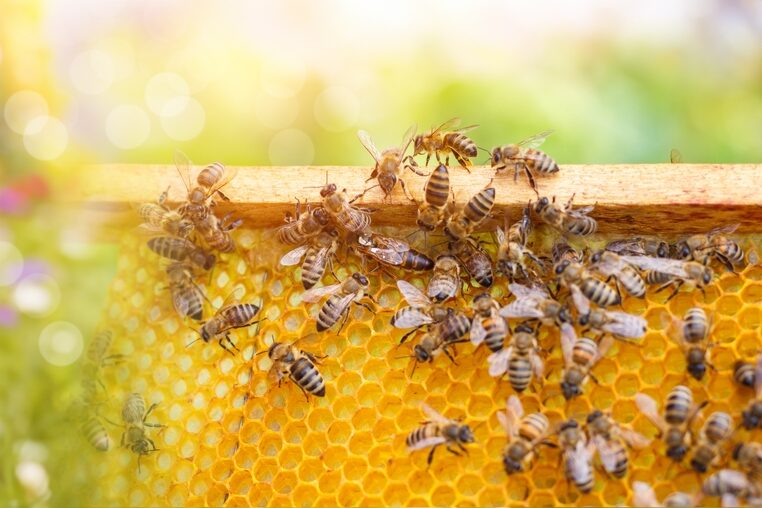
Without bees, our plates would look shockingly bare. These tiny pollinators fertilize over 90 commercial crops, including apples, almonds, blueberries, cucumbers, cherries, avocados, and melons. Pollination allows plants to reproduce by transferring pollen from the male parts of flowers to the female parts, often without us noticing. But behind the scenes, bees are doing billions of dollars of work. In the United States alone, the economic value of pollination services provided by honeybees is estimated to exceed $15 billion annually. Globally, it’s closer to $235–577 billion. Farmers are forced to rent hives or hand-pollinate crops in some areas where bee populations have collapsed, an expensive and less efficient alternative.
But this natural system is under threat. Bees face mounting challenges, from pesticide exposure and habitat destruction to climate change and parasites like the Varroa mite. Colony Collapse Disorder (CCD), first identified in 2006, saw entire colonies disappear without warning. While CCD has declined recently, overall bee health remains fragile, with winter mortality rates still troublingly high. As pollinators vanish, so do the foods we love, not just fruits. Dairy and meat industries would also be affected, since many animal feed crops like alfalfa depend on bees. The ripple effect across the food chain is massive. Preserving bee populations is no longer just an environmental issue; it’s a food security priority.
8. Bees Can Survive Snow—and Fly in Freezing Weather
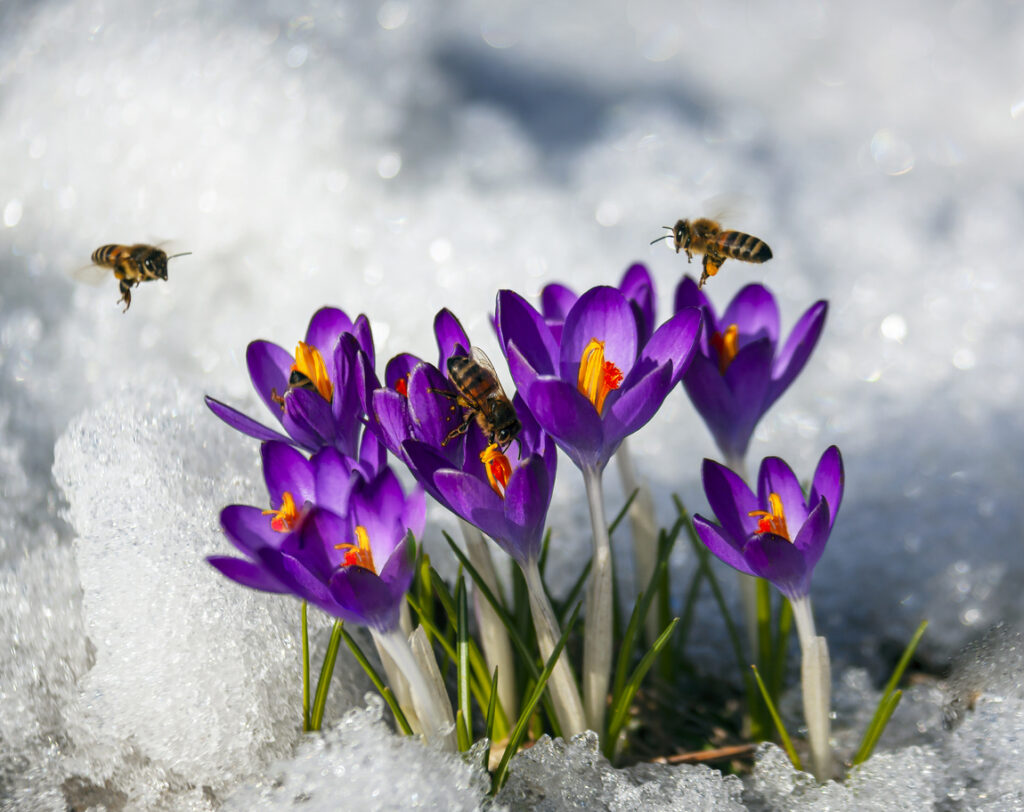
Unlike most insects, honeybees don’t hibernate or die off when winter arrives. Instead, they form what’s known as a winter cluster, a tight ball of bees that vibrate their wing muscles to generate heat. At the center of the cluster is the queen, kept warm by layers of worker bees that continuously rotate in and out to avoid freezing. This living heater can keep the core temperature of the hive at around 95°F (35°C), even when outside temperatures plunge below zero. The bees feed off stored honey, their only food source until spring, and move slowly through the hive in organized waves to access different areas. It’s a survival strategy based on energy conservation, teamwork, and enough motion to stay alive.
A few species go even further. Arctic bumblebees, like Bombus polaris, are known to forage and fly in near-freezing temperatures. They warm their flight muscles through rapid contractions, essentially doing internal jumping jacks, until their thorax reaches at least 86°F (30°C), the minimum temperature for flight. Scientists studying these cold-weather pollinators are intrigued by how their physiology could inspire thermal regulation systems in robotics or cold-weather gear. While bees seem delicate at first glance, their resilience in frigid conditions rivals that of the hardiest mammals. They’ve been perfecting this winter survival blueprint for over 100 million years, quietly enduring what many creatures can’t.
9. Bees Can Get Hooked on Caffeine and Nicotine

Bees don’t just forage for nectar; they can also fall for plants spiked with natural stimulants. Researchers at the University of Sussex found that certain flowers, including coffee and citrus, contain low levels of caffeine in their nectar. Rather than deterring bees, the caffeine boosts their memory, making them more likely to return to those flowers even when other nectar sources are richer. It’s a bit like nature’s version of brand loyalty, except the “brand” has secretly dosed its product. The caffeine doesn’t give bees a buzz in how it affects humans, but it sharpens their recall, making them remember the flower’s scent more vividly.
In another study, nicotine-laced nectar had a similar addictive effect. Tobacco plants use this to attract repeat pollinators despite offering smaller nectar rewards. Scientists believe this evolutionary trick gives these plants a competitive edge by manipulating pollinator behavior to secure reproduction. The irony? In their attempt to collect food, bees can become addicted to substances that don’t benefit them nutritionally. While it sounds almost sinister, it’s one of the many examples of how plants have evolved complex chemistry to influence animal behavior. These floral mind games suggest that the natural world is more manipulative and strategic than we often realize.
10. Bee Brains Shrink in Winter—and Then Grow Back
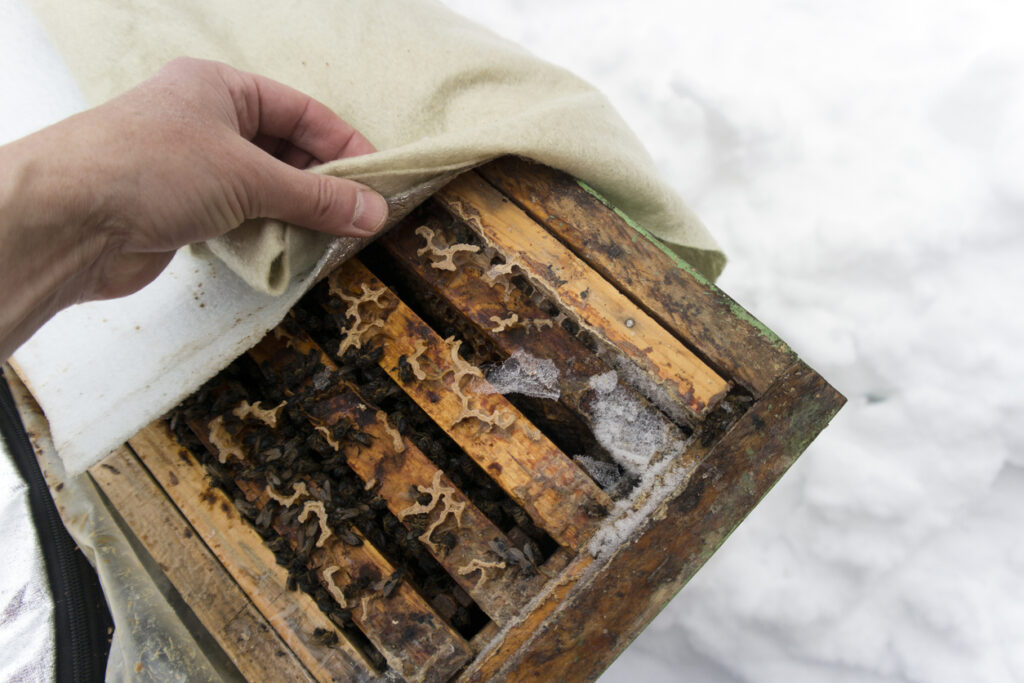
In a surprising twist of biology, honeybee brains shrink during winter, but that’s not the end of the story. As temperatures drop and foraging ceases, worker bees retreat into the hive where life slows dramatically. Their brains respond by downsizing certain regions involved in memory and navigation, essentially going into energy-saving mode. But come spring, when flowers bloom and duties ramp up again, their brains regrow to full function. This reversible brain plasticity is extraordinarily rare in the animal kingdom and has become a model for studying age-related cognitive change in humans.
What’s even more impressive is how fast the change occurs. Within just a few days of returning to outdoor activity, bees show a marked increase in brain volume, particularly in the mushroom bodies responsible for learning, memory, and sensory integration. Researchers are closely studying this cycle for insights into neurodegenerative disease, aging, and even brain recovery after trauma. The honeybee demonstrates some of the most flexible neural architecture in the natural world for an insect often seen as a simple drone. They don’t just remember, they adapt, rebuild, and reset in tune with the seasons.
11. Bees Can Solve Puzzles—and Even Teach Each Other

Bees aren’t just hardwired foraging machines; they’re problem solvers, capable of learning tasks that scientists once thought only larger-brained animals could manage. In a striking study published in Science, bumblebees were trained to roll a small yellow ball into a goal to receive a sugar reward. Not only did they learn the task through trial and error, but other bees observing them picked up the technique even faster, proving that bees are capable of social learning. The fact that they could watch, mimic, and refine a learned behavior points to something more profound than instinct; it suggests intelligence.
The most mind-blowing part? When given the option, bees modified the technique to make it more efficient, choosing closer balls rather than mimicking the exact demonstration. This behavioral innovation is rarely seen in insects and has forced scientists to rethink what cognitive boundaries truly separate insects from vertebrates. If bees can solve multi-step problems, teach others, and improve on a learned method, it opens the door to studying culture-like behavior in miniature societies. These aren’t just flying automata; they’re thinking, observing, and adapting in ways no one expected a decade ago.
12. Most Bees Don’t Make Honey—And Many Don’t Even Live in Hives
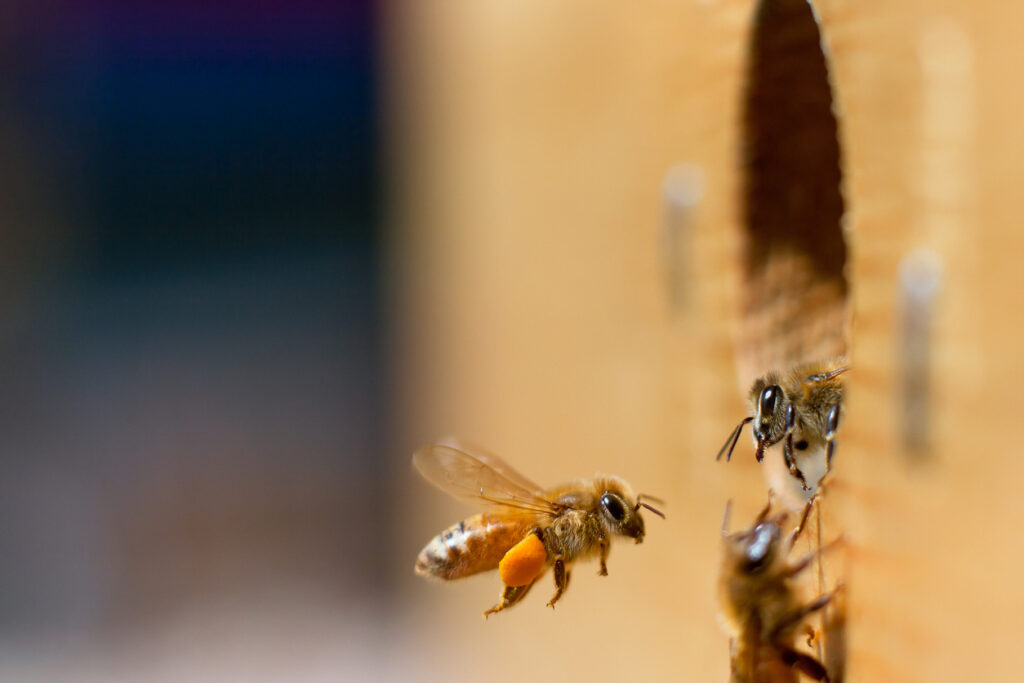
When people think of bees, they usually imagine honeybees buzzing around hives dripping with golden nectar. But out of the more than 20,000 known bee species worldwide, only a tiny fraction make honey, and even fewer live in colonies. The vast majority of bees are solitary. They don’t have queens, don’t build hives, and don’t produce honey. Instead, they live in underground tunnels, hollow reeds, or tree cracks. Some, like the leafcutter bee, use pieces of leaves to line their nests. Others pack their brood cells like mason bees with mud or plant resin.
Even stingless bees in tropical regions like Central and South America build stunning spiral-shaped nests and produce small quantities of medicinal honey prized by local cultures. Carpenter bees can burrow into wood, while alkali bees nest in salty soils. These unsung pollinators are just as vital as their honey-making cousins, fertilizing wild plants and native crops precisely. Their solitary nature means they don’t store food or defend hives but are resilient, efficient, and often more specialized in pollination. Preserving bee diversity means thinking beyond honey and hives, and appreciating the quiet lives of bees most people never see.
Why It Matters: A Tiny Species With a Giant Impact
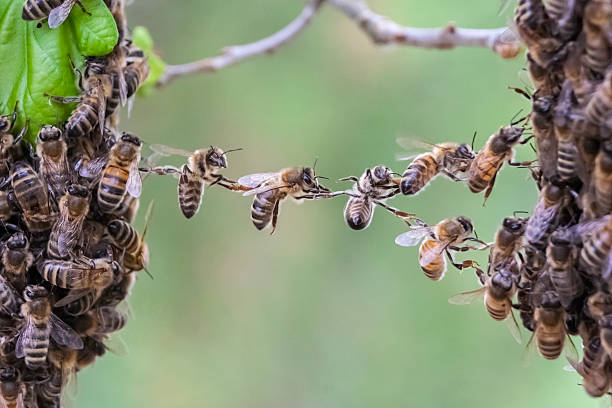
Bees are more than pollinators; they’re planetary architects, climate regulators, and quiet teachers in living in sync with the environment. They’ve survived mass extinctions, adapted to every continent except Antarctica, and evolved communication systems and problem-solving strategies that rival those of far larger creatures. Their loss wouldn’t just affect our breakfast tables; it would shake the foundation of ecosystems and economies.
Understanding bees is more than appreciating nature; it’s about realizing how complex and interconnected life is. These aren’t mindless insects buzzing around; they’re engineers, chemists, mathematicians, and caretakers. And if we want to protect our future, we’d do well to defend theirs.


